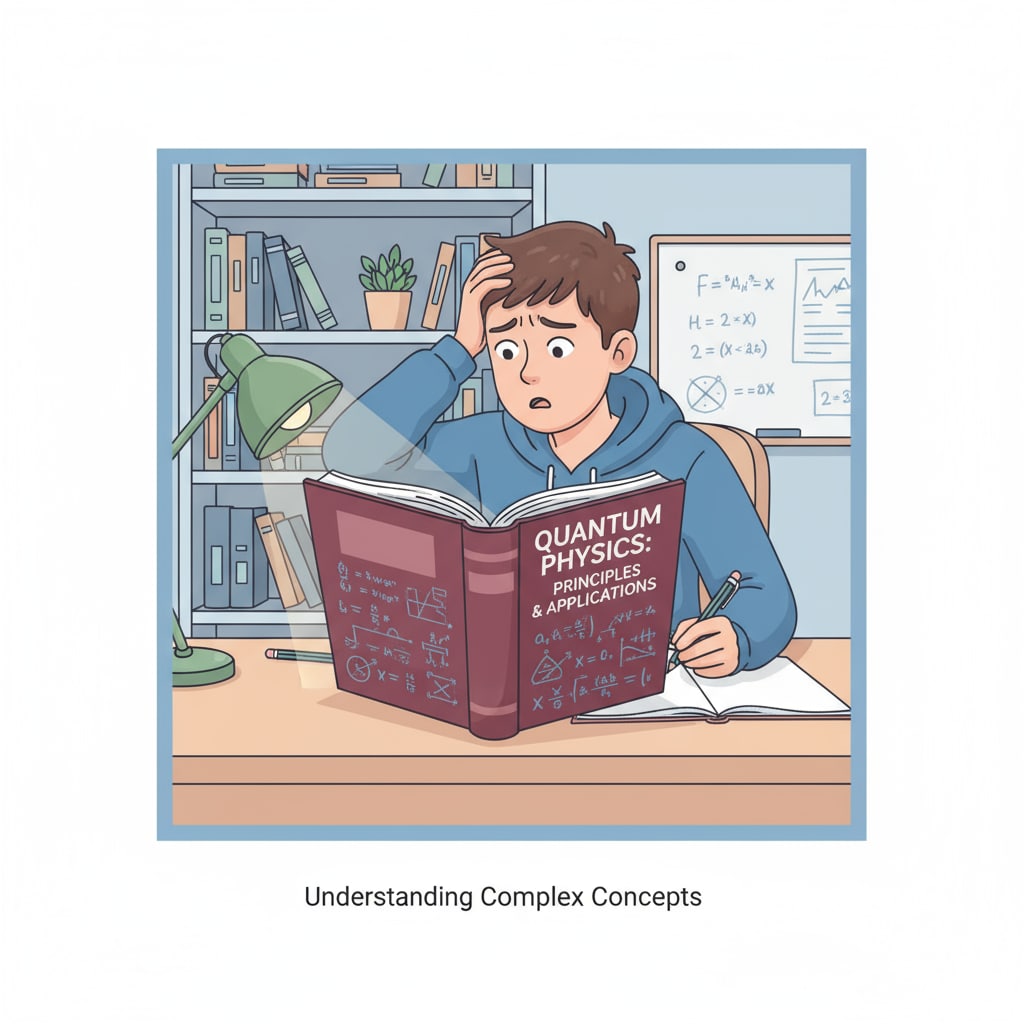Software engineering, degree conversion, and career planning are complex topics that come to the fore when students in software engineering consider a shift to hard science fields. In the dynamic landscape of education and career choices, many software engineering students find themselves at a crossroads, contemplating a transition to hard science disciplines. This decision is not made lightly, as it involves various challenges and considerations.

The Motivations Behind the Shift
There are several reasons why software engineering students might be inclined to switch to hard science fields. For example, some students develop a deeper interest in fundamental scientific principles. They realize that the theoretical basis of hard sciences like physics or chemistry can provide a more profound understanding of the underlying mechanisms that software often interacts with. Additionally, the job market can also play a role. As industries evolve, there is an increasing demand for professionals who can bridge the gap between software and hard sciences. This offers the potential for more diverse and rewarding career opportunities.
The Challenges of Degree Conversion
However, making the transition to a hard science degree is not without its hurdles. One of the main challenges is the significant difference in curriculum. Hard science programs typically have a strong foundation in mathematics, laboratory work, and theoretical knowledge. Software engineering students may lack the necessary background in these areas. For instance, courses in advanced calculus, quantum mechanics, or organic chemistry can be quite daunting for those coming from a software engineering background. Moreover, the teaching methods and learning pace in hard science courses are often different from what software engineering students are accustomed to.

Another challenge is the time and financial commitment. Pursuing a second degree in a hard science field can be time-consuming, often requiring several years of additional study. This can delay entry into the job market and may also involve significant financial costs, such as tuition fees and living expenses. Additionally, there may be limitations in terms of credit transfers, meaning that some of the courses taken in software engineering may not count towards the hard science degree.
Despite these challenges, there are ways for software engineering students to make this transition successfully. One option is to pursue relevant certifications or short courses instead of a full-fledged second degree. These can provide targeted knowledge and skills in the hard science area of interest. For example, certifications in data science, which has strong ties to both software engineering and hard sciences, can enhance a student’s profile. Another strategy is to engage in self-study and independent research projects. This allows students to explore the hard science field at their own pace and build a portfolio of relevant work.
Readability guidance: The article has used short paragraphs to present ideas clearly. Each H2 section has a list-like structure to organize key points. The passive语态 has been minimized, and transition words like “however”, “for example”, and “additionally” have been used throughout to enhance the flow.


